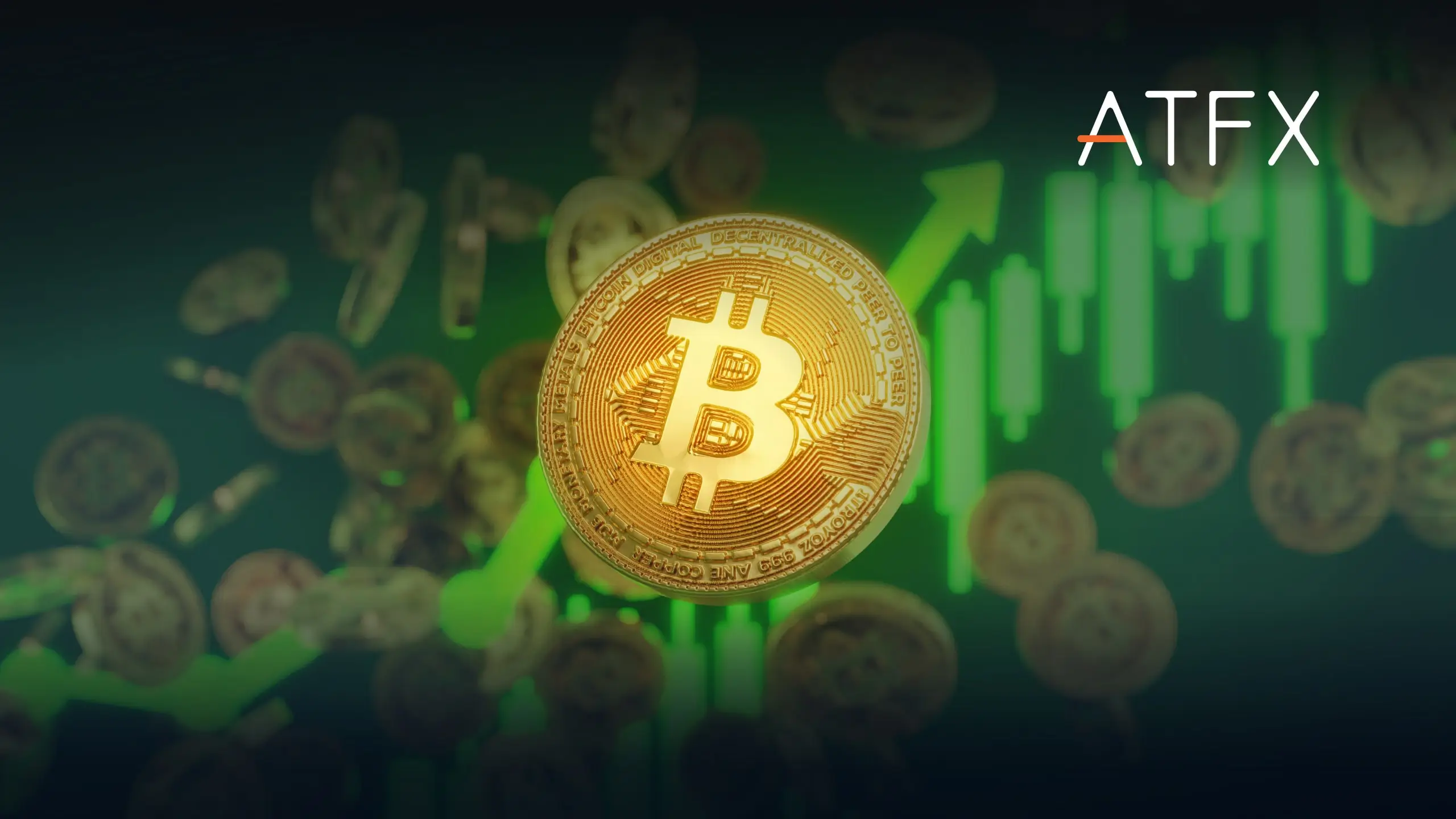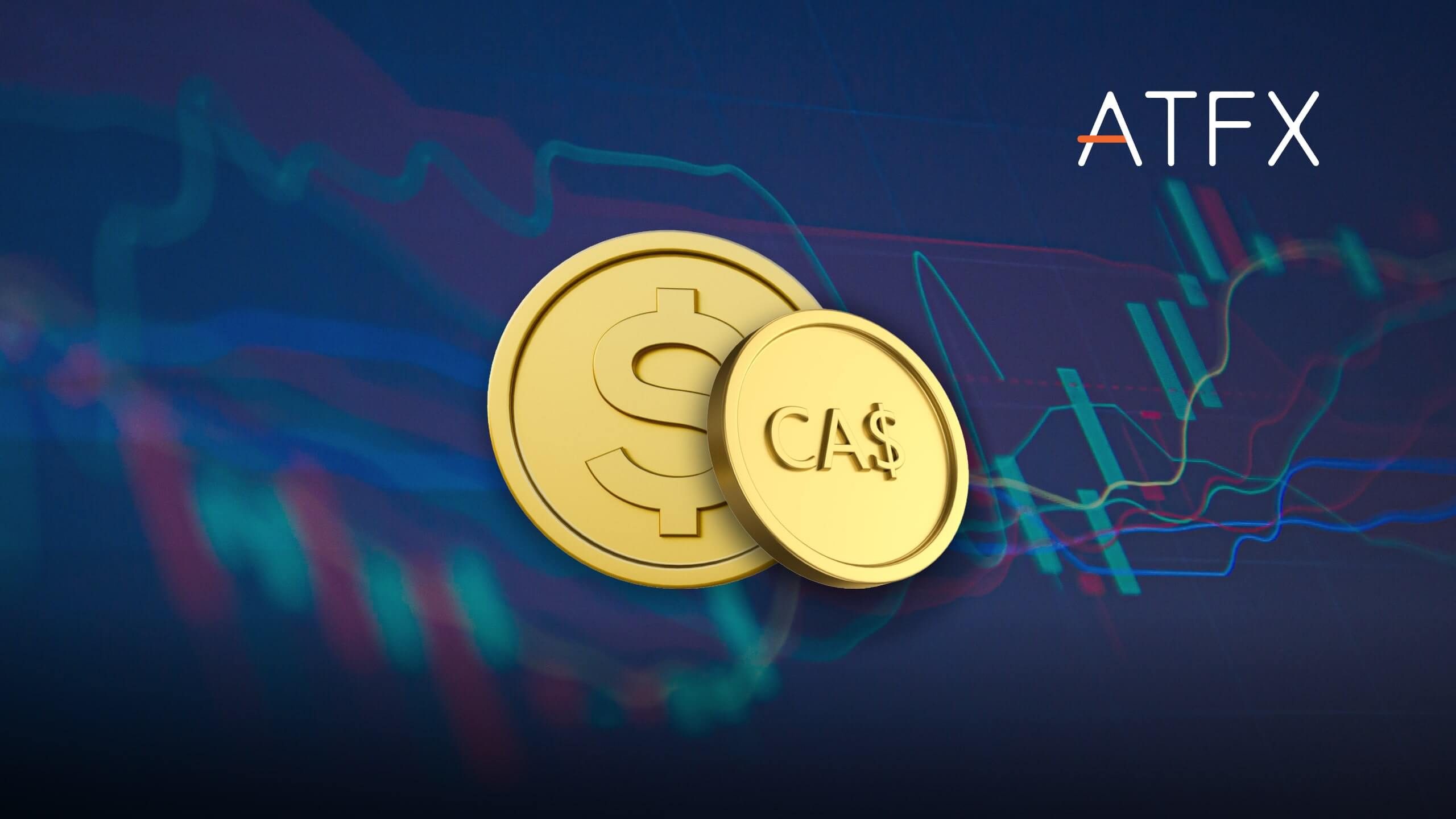On Tuesday, US inflation figures were lower than expected, leading to a drop in 10-year bond yields and a stock jump.

SP500 – Daily Chart
The S&P 500 surged 80 points to above 4,500 after the data was released, with the July highs near 4,610.
The Consumer Price Index (CPI) annual inflation rate dropped to 3.2% last month, lower than the 3.7% reading in September and the lowest rate since July.
Prices also remained unchanged after rising by 0.4% in September. Core prices, a measure excluding the volatile food and energy sectors, were up 4%, another improvement.
US inflation has fallen from a 40-year high of 9.1% in June 2022. Investors have been waiting to see this number, hoping it indicates that the Federal Reserve is done raising rates. Many investors now believe the next move will be a cut in the interest rate.
The energy index decreased by 4.5% and used car prices, which surged after the pandemic, dropped. Airline ticket prices also fell. Prices are still above the Federal Reserve’s 2% target, but analysts believe the work has been done to bring inflation down. That may change if oil prices find a bullish tone once more.
One investor who sees that happening is billionaire hedge fund manager David Einhorn. In his latest investment letter, he said:
“Higher oil prices would squeeze the consumer and likely cause a recession. “The resulting inflation would also put the Federal Reserve in the uncomfortable position of fighting rising prices at a time of increasing unemployment, leaving the market outlook very concerning.
“If we are right, current extreme levels of geopolitical tension will lead to lower stock prices over a timeframe that lasts more than a couple of hours,” he added.
Federal Reserve Bank of Richmond President Thomas Barkin is not convinced inflation is on a direct path to the 2% target despite the latest data showing “real progress. “
“I’m just not convinced that inflation is on some smooth glide path down to 2%,” Barkin said.
“The inflation numbers have come down, but much of the drop has been partial reversal of Covid-era price spikes, which were driven by elevated demand and supply shortages,” Barkin said. “Shelter and shelter inflation remain higher than historic levels, so does services inflation.”
Still, “businesses aren’t going to back down from prices until they have to,” which may require slower growth, he added. “I do see some sort of slowdown.”


